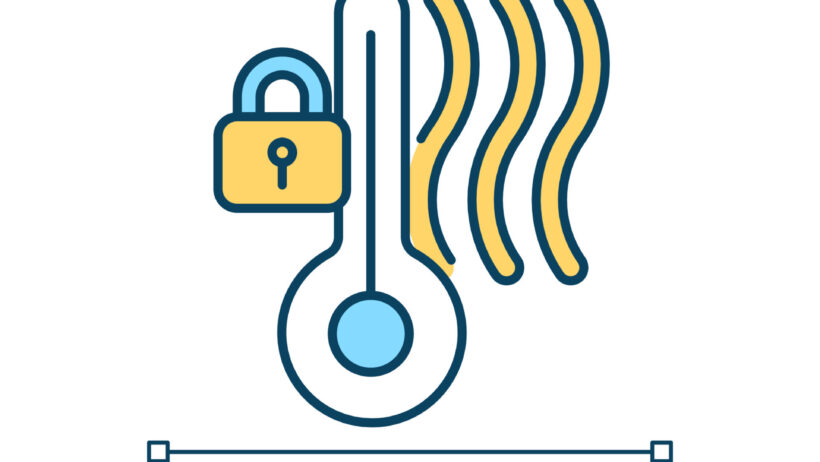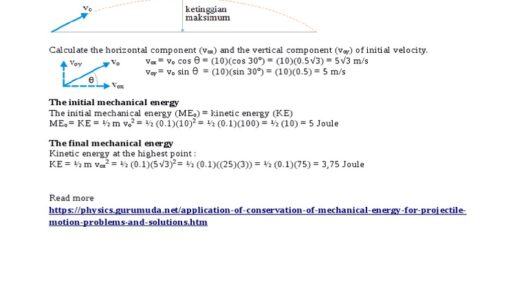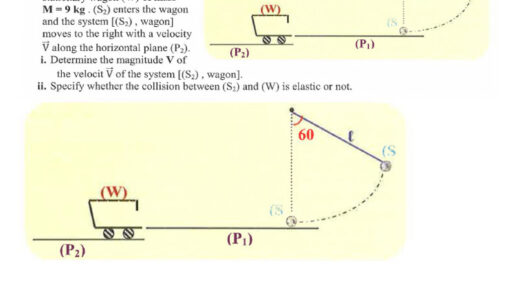Conserving heat energy is not merely an act of domestic prudence; it represents a pivotal strategy in the combat against climate change. As the world grapples with rising temperatures and dwindling resources, energy conservation takes center stage. This article delves into effective methodologies to conserve heat energy, thereby keeping homes warm in winter while significantly reducing energy bills.
The essence of heat energy conservation lies in understanding its fundamental principles. Heat naturally flows from warmer areas to cooler ones, seeking equilibrium. To optimize this process, one must implement measures that retain heat within living spaces. This involves a variety of techniques, from simple insulation strategies to advanced smart home technologies.
1. Insulation: The Cornerstone of Heat Retention
Insulation serves as the primary line of defense against heat loss. It is crucial to insulate the walls, roofs, and floors to create a thermal barrier. Traditional insulation materials, such as fiberglass or foam, are effective but can lead to environmental concerns in their production. Eco-friendly alternatives, like cellulose (which is made from recycled paper) or sheep’s wool, offer sustainable choices. Properly installed insulation can reduce heating demands by up to 30%, representing invaluable savings both financially and environmentally.
In addition to insulating the walls and roofs, windows and doors are critical focal points where heat often escapes. Utilizing double or triple-glazed windows paired with thermal curtains can dramatically enhance heat retention. Weather-stripping around doors and window frames is an inexpensive yet highly effective method to thwart heat escape, while further proving advantageous for maintaining indoor comfort.
2. Energy-Efficient Heating Systems
The type of heating system employed can significantly impact energy expenditure. Transitioning from traditional boilers to energy-efficient models, such as condensing boilers, heat pumps, or radiant floor heating systems, not only conserves heat but also minimizes operational costs. These systems are designed to distribute heat more evenly and effectively throughout a space, optimizing energy usage, thereby promising comfort and savings.
Moreover, programmable thermostats have revolutionized the way we consume energy. By allowing users to set specific heating schedules, these devices ensure that energy is conserved when spaces are unoccupied, thus preventing unnecessary heating. Adopting such technology positions homeowners at the forefront of energy conservation and cost-effectiveness.
3. Behavioral Adjustments: The Human Element
While technological advancements are pivotal, human behavior remains a significant factor in energy conservation. Simple adjustments in daily routines can have substantial implications. For instance, layering clothing rather than cranking up the thermostat can maintain warmth while conserving energy. Engaging in activities that increase body heat, such as cooking, can create a more comfortable environment without additional heating.
Encouraging household members to adopt consistent practices—like closing doors and windows promptly—can curtail heat loss. Nurturing a culture of conscientiousness around energy consumption allows individuals to recognize their role in a broader ecological framework, challenging them to engage more actively with their environmental impact.
4. Renewable Energy Integration
Adopting renewable energy sources presents an innovative avenue to enhance heat energy conservation. The integration of solar panels, for instance, allows homeowners to harness natural energy to power heating systems. Solar thermal systems can efficiently capture and convert sunlight into heat, significantly curtailing reliance on conventional energy sources and reducing overall greenhouse gas emissions.
Furthermore, utilizing biogas or biomass systems for heating—derived from organic materials—can be a sustainable option that not only conserves heat but also recycles waste. Transitioning to such renewable resources aligns with a broader commitment to environmental stewardship, promoting not only personal energy savings but also systemic ecological benefits.
5. Embracing Smart Home Technologies
The modern era heralds the rise of smart home technologies, which have the potential to transform energy conservation. From intelligent thermostats to smart sensors that monitor occupancy, these technologies facilitate the efficient management of energy usage. For example, smart thermostats learn and adapt to individual preferences, ensuring that homes are only heated when necessary and optimizing the heating schedule based on occupancy patterns.
Further, utilizing home automation systems that can remotely control appliances and lighting helps to minimize unnecessary energy consumption. By integrating sensing technology with heating systems, homeowners can ensure that spaces are optimally heated without excessive energy waste.
6. Regular Maintenance: Ensuring Efficiency
Merely installing energy-efficient systems is insufficient without regular maintenance. An annual check-up of heating systems is imperative to ensure optimal performance and longevity. Clogged filters, leaking ducts, or poorly functioning boilers can significantly hamstring efficiency, resulting in increased energy consumption. A proactive approach to maintenance not only ensures that systems operate at peak performance but also extends their lifespan, providing long-term financial benefits.
7. Advocacy and Community Engagement
Individual efforts to conserve heat energy can be augmented through community action. Engaging in local environmental advocacy groups fosters a collective realization of the importance of energy conservation. Community workshops aimed at educating others about effective heat conservation methods can amplify individual impacts and inspire wider change within residential areas. Collective initiatives, such as neighborhood challenges or clean energy projects, can lead to community-wide reductions in energy consumption.
In essence, the act of conserving heat energy encapsulates both personal responsibility and a commitment to future generations. By adopting insulation practices, investing in efficient heating systems, modifying daily habits, integrating renewable energies, utilizing smart technologies, maintaining systems diligently, and engaging with the community, individuals can substantively impact energy conservation. The shift in perspective toward heat energy conservation not only promises warmth and savings but acts as a significant stride toward a more sustainable future.








